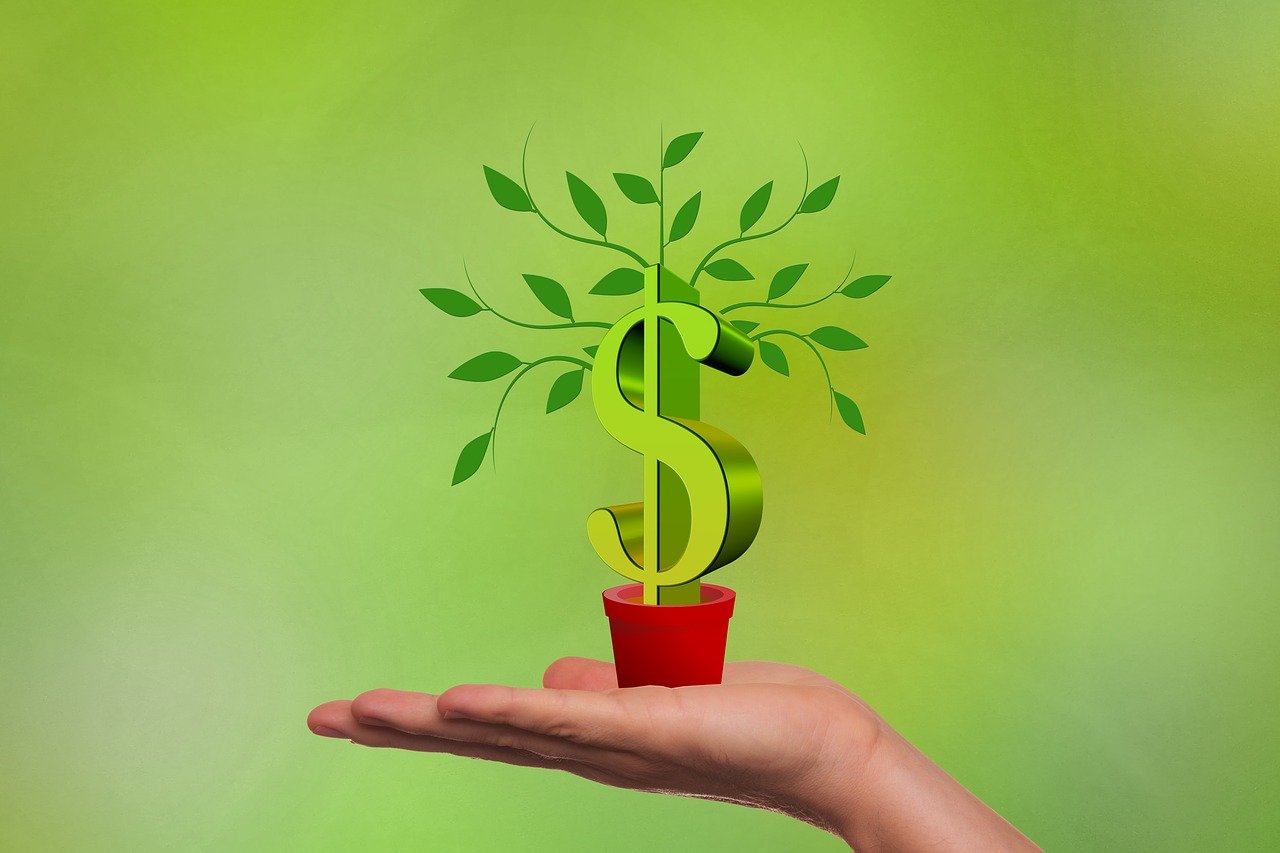Cambodia is currently considering developing a roadmap for setting green trade standards to promote and attract green trade and investment.
Green investment refers to investment in renewable energy, sustainable agriculture, or technologies that protect the environment, while green trade refers to trade in products and technologies that help protect the environment, etc.

The plan was presented on January 20, 2025, at a workshop organized by many relevant institutions, especially the Ministry of Commerce and the United Nations Development Program.
Ms. Cham Nimman, Minister of Commerce, said that the roadmap will serve as a practical guide for strengthening trade and investment readiness, focusing on promoting and implementing clean and sustainable trade and investment, upgrading value chains, and ensuring market access for Cambodian exports.
In fact, the Minister’s proposal is a scenario to ensure the sustainability of the Cambodian market in the European Union, where Cambodian goods will be able to run out of tariff preferences when Cambodia liberates itself from the group of least developed countries in 2029, and is also in line with the vision that Cambodia wants to transform itself into an upper-middle-income country by 2030 and a high-income country by 2050.

Why does Cambodia need to develop a roadmap towards green trade standards0x017d7 The answer is because green or clean trade and investment has great potential.
According to what was mentioned in the European Union’s Green Deal, the NextGenerationEU and REPowerEU funds alone are known to amount to 275 billion euros, or more than 285 billion dollars, to support green investments, and an amount of approximately 118 billion euros, or more than 120 billion dollars, is to support policies related to green projects.
This potential is huge, but it is not always achievable. For Cambodia, facing the loss of market access due to strict compliance with trade rules and the fragility of the global trading system requires Cambodia to develop a strategic, innovative and forward-looking approach, especially as the world moves towards achieving the 2030 Agenda for Sustainable Development, including with Cambodia’s major trading partners.
Cambodia’s graduation from LDC status and the increasing demands for sustainable performance also bring opportunities, particularly in examining a paradigm shift for more sustainable, environmentally inclusive, and resilient growth that will ensure that Cambodia is not only prepared for the future but also maintains a strong foothold in a dynamic and ever-evolving global economy, based on the spirit of turning challenges into opportunities.
In an era where environmental concerns are at the top of the list of priorities, the “Roadmap for Green Trade Standards” is an important tool for shaping the future of Cambodia’s international trade. This initiative is a gateway to strengthening readiness to maintain economic growth with environmental sustainability, a balance that is not only desirable but essential for the health of the planet for future generations.
By establishing guidelines that prioritize environmentally responsible production, transportation, and consumption, these standards are a way to address key challenges such as carbon emissions, resource depletion, and environmental degradation. The roadmap also serves as a guide and commitment, setting the stage for a coherent strategy to address the challenges to ensure that Cambodia’s trade sector remains a driver of economic prosperity.
By fostering international cooperation, the roadmap can also help to find a unified framework within which countries can work together to achieve shared sustainability goals. This will not only facilitate smoother trade, but also ensure that environmental considerations are embedded in all aspects of the supply chain.
Overall, the roadmap represents an important step towards a greener global trading framework, but it is not as easy as it sounds. The scale of this clean trade and investment is vast, but it is not just Cambodia that wants it. Countries want it too, including Vietnam and Thailand, which are already major trading partners with the European Union.
To achieve this goal, we hope that all stakeholders will be able to put forward an attractive roadmap to ensure the sustainability of Cambodian goods in international markets, especially Europe.

